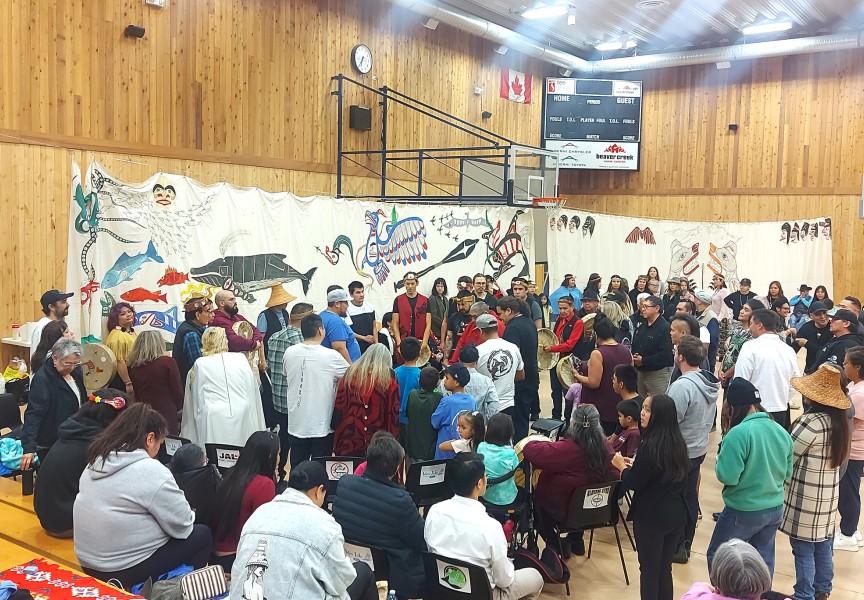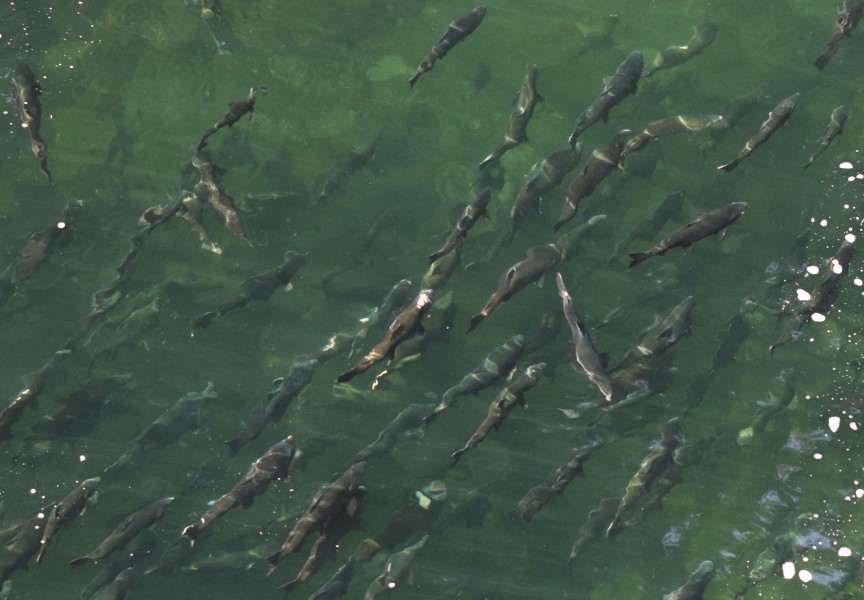The succession of fishing restrictions continue this year with a recent federal announcement to protect the endangered southern resident killer whales.
Swiftsure Bank, an offshore area northwest of Port Renfrew, as well as waters off of Pender and Saturna Islands, will be off-limits for fisheries or any other vessels from June 1-Oct. 31. Emergency boats and vessels accessing fish for First Nations food, social and ceremonial purposes will be exceptions to the new restrictions that were announced by Jonathan Wilkinson, minister of Fisheries, Oceans and the Canadian Coast Guard, in Vancouver on Friday, May 10.
Other new measures to protect the endangered orca population include requiring boats to be 400 metres away from killer whales in the southern residents’ critical habitat area. In December the DFO doubled this critical habitat to include a large block of offshore water west of Barkley Sound, bringing the area protected under Canada’s species at risk act to stretch along the entire southern portion of Vancouver Island’s shore. In this zone boats are also asked to reduce speed if within one kilometre of killer whales.
“The measures announced today reflect the commitment to recover the whales in a manner that takes in account important economic factors and collaboration with First Nations and coastal communities,” stated Wilkinson with the May 10 announcement.
The DFO said that the new restrictions were determined through consultation with five technical working groups, which included representation from First Nations’ interests. Larry Johnson, chair of the Maa-nulth Treaty Society’s fisheries committee, was on the technical working group that dealt with killer whale prey availability. He said there was a need for each technical working group to understand what the others were doing.
“That was based on our principle hishuk’ish tsawalk, that we don’t manage things in silos and we really need to have a better understanding of how Indigenous knowledge may play a role,” he said. “We want to be totally engaged so that we can share our knowledge and try to help out with recommendations that would go to the minister.”
Over concerns that the fisheries restrictions would affect Maa-nulth treaty rights, the society launched a court challenge to the DFO’s measures earlier this year.
“We had challenged the science on the designation of the critical habitat - in fact we put a court injunction in for judicial review,” said Johnson. “At one point there was going to be cross examination from Canada, but that did not happen.”
Some reassurance came to the Maa-nulth nations with confirmation that the DFO’s critical habitat expansion wouldn’t affect food, social and ceremonial harvest.
“That gave us some comfort, the fact that we’ll still be able to feed our people with food fish,” said Johnson, although he admits that impacts will still be felt by Maa-nulth members engaged in the recreational and commercial fisheries. “First Nations are in all three sectors. We are there to feed our people, we are there economically to participate in the recreational fishery…we’re also there in the commercial aspect.”
Listed under criteria set by the Status of Endangered Wildlife in Canada, the southern resident killer whale population is currently estimated at 75, down from 99 individuals in 1995. This was the historic high since the DFO began tracking killer whale populations in 1974, when the live capture of orcas was banned. The southern residents migrate between California and Haida Gwaii.
“The southern resident killer whale population may have numbered more than 200 animals prior to the 20th century,” stated the Marine Mammal Commission, an independent U.S. government agency. “However, with modern impacts on their prey base, opportunistic shooting prior to the 1960s, and the live capture or killing of nearly 70 resident and transient killer whales for marine parks and display from 1967 to 1971, the first complete count found just 71 whales in 1976.”
In October 2018 the federal government committed $61.5 million over five years to help the southern resident population. The whales’ primary source of food is chinook salmon, and this reliance was part of the DFO’s reasoning for stringent measures announced in late April prohibiting the fishing of endangered Fraser River chinook. Now most fisheries are not permitted to harvest chinook until July 15, including First Nations food, social and ceremonial harvesting offshore of western Vancouver Island.
“After conservation, the First Nations fisheries have a constitutionally protected priority and DFO will be authorizing very limited opportunities to harvest chinook for ceremonial purposes prior to July 15,” wrote Lara Sloan, the department’s communications officer, in an email to the Ha-Shilth-Sa. “In order to protect the low number of returning Fraser River chinook, it’s crucial that all groups and individuals respect the closures that are in place. Fisheries officers will be stepping up the number of patrols conducted during the day and night to enforce the Fisheries Act and regulations.”
To help increase the number of chinook on the West Coast, the DFO announced that an additional one million juvenile species of the salmon will be released annually from the Chilliwack Hatchery over the next five years.







